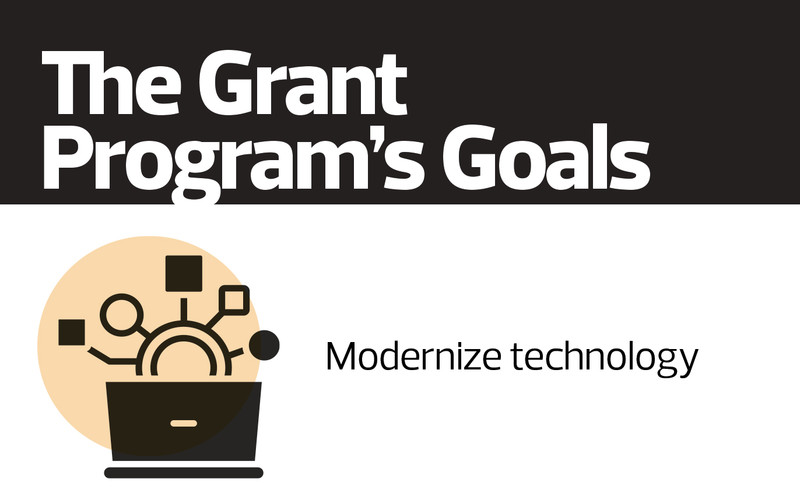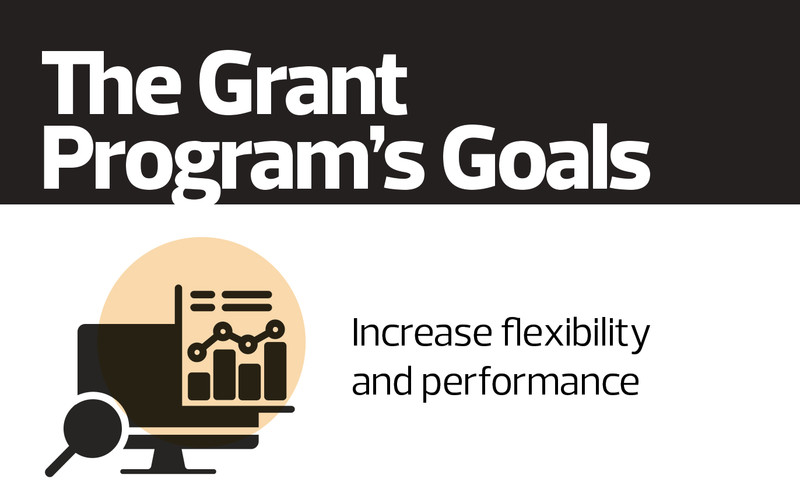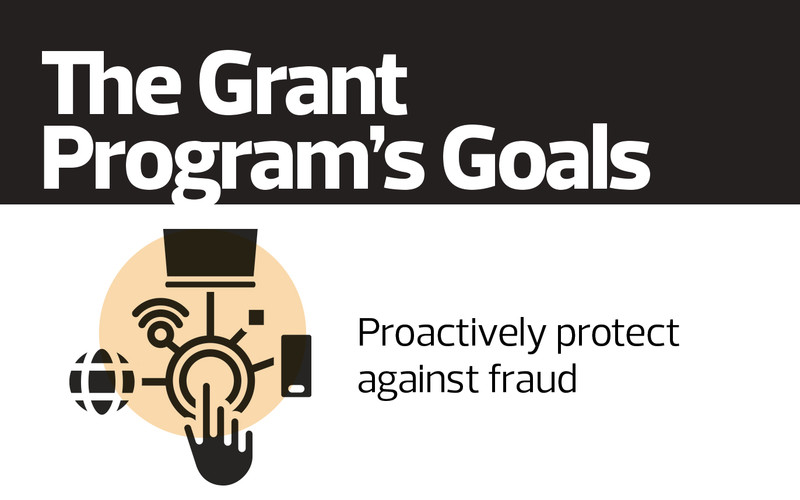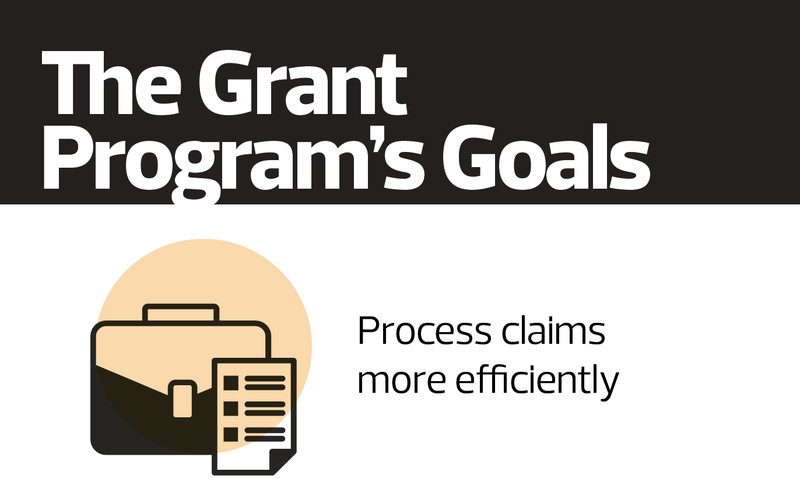Anyone in Wyoming who’s applied for unemployment benefits is familiar with the state’s Department of Workforce Services. What they may not realize: The unemployment insurance system through which claims are filed does not run on infrastructure at DWS headquarters in Cheyenne but on an offsite Microsoft Azure Government data center.
The DWS moved its UI system to the cloud in 2018 using federal funding from the U.S. Department of Labor. Today, they call it WYUI, and it’s working even better than the agency expected, says Jeff Eckhart, Wyoming DWS IT manager.
“Our old system was on an IBM mainframe written in COBOL,” Eckhart says. “We’d had it since 1985. It was old, and it wasn’t easy or cheap to run.”
Click the banner below to assess modernization solutions for state agencies.
Workforce agencies experience easier operations with cloud technologies. But cloud-hosted systems “make a lot of sense for all kinds of reasons,” says Aaron Snow, a fellow at Georgetown University’s Beeck Center for Social Impact and Innovation.
The Beeck Center is working with the National Association of State Workforce Agencies to help state employment agencies that receive federal grants achieve their modernization priorities, he says. Cloud migration is especially attractive to agencies that struggle with aging in-house UI systems, but it’s also a way to gain access to new tools and computing resources that will help them improve their services over time.
“When you inevitably want to upgrade or need to scale, being in the cloud gives you more options,” Snow says. “It allows you to be more adaptable and responsive to usage spikes,” for example, “and it helps you evolve with policy changes and citizen needs and expectations.”
Wyoming Uses Simple and Secure Approach to Modernization
Wyoming’s WYUI is programmed in Java, a language more conducive to digital modernization. And because it’s hosted in the cloud, Eckhart’s team can worry less about hardware and the maintenance and updating that go with it.
“It’s been very reliable in Azure,” he says, “much more reliable than what we had before.”
DISCOVER: Modernize services with a human-centered design.
That reliability has resulted in the system’s growing availability. “In the UI world, there’s claim filing 24/7.” Traffic is especially heavy on Sundays, when people must certify their eligibility for the prior week, Eckhart says. Previously, if there was an outage on a weekend, there typically wouldn’t be anyone onsite to respond. That meant that citizens, through no fault of their own, might not receive their payments.
“Being in the cloud, if we have any kind of issue here, claimants and employers can still get into the system, and it’s going to function,” Eckhart says. He also cites the platform’s improved scalability: During the pandemic, for example, when many people were suddenly out of work, claim volume increased drastically. “But the system handled that stress very well,” he says.
3.7%
The U.S. unemployment rate for the fourth quarter of 2023
Source: epi.org, “State Unemployment by Race and Ethnicity,” Feb. 28, 2024
Citizens, employers and third parties such as bookkeepers and accountants can register to use the system. Once registered, a single-sign-on solution simplifies user authentication.
WYUI’s new tools allow for everything from uploading supporting documentation to messaging with the DWS, says Kris Funk, who works with Eckhart as UI administrator. Businesses can submit requests for refunds and recertification, while citizens can file appeals in cases when their claims are denied.
“It makes everything run a little smoother compared with what we used to have,” Funk says. “It lets us do a lot of things more easily, and the best part is that it’s all in one place.”
Wisconsin Pushes for Cloud Modernization
The U.S. Department of Labor recently announced that it awarded more than $204 million to 18 states and the U.S. Virgin Islands to upgrade UI systems with funds from the American Rescue Plan Act. The Wisconsin Department of Workforce Development won a $11 million modernization grant last year.
The agency has actually been focused on UI modernization since the waning months of 2020, says Amy Pechacek, DWD Secretary. That’s when she was appointed by the state’s governor to help the department deal with the COVID-19-related unemployment crisis.
When she stepped in, there were about 770,000 UI claims in a backlog, Pechacek says. “And the technology we had was from the 1970s — literally a Nixon-era COBOL mainframe and computers with black screens and blinking green cursors.”
At the time, claimants could submit documentation to the agency only by mail or fax. At DWD headquarters, there were mountains of paper “with people pulling sheets off the top and doing manual data entry,” she says.
Pechacek knew that the agency needed a new technology solution. The agency reached out to Google, “and that’s when our modernization project began,” she says.
Now, claimants can simply take photos of their paperwork and upload them to the system with a click. Google’s Document AI tool streamlines processing of applications by extracting key data and delivering it to staff. Within a month, the backlog was cleared, Pechacek says, and her team turned its attention to moving the UI system to the cloud.
Today, DWD is about halfway into what Pechacek predicts will be a four-year effort to build “an end-to-end, user-friendly system for all stakeholders, including our employees.”
Pechacek says that she doubts that the agency will ever reach a point where it’s “done” with UI system modernization. “That’s how it works in the cloud,” she says. “We’re always going to find new ways to become even more efficient and accessible.”
READ MORE: Data sharing boosts public benefits enrollment.

















